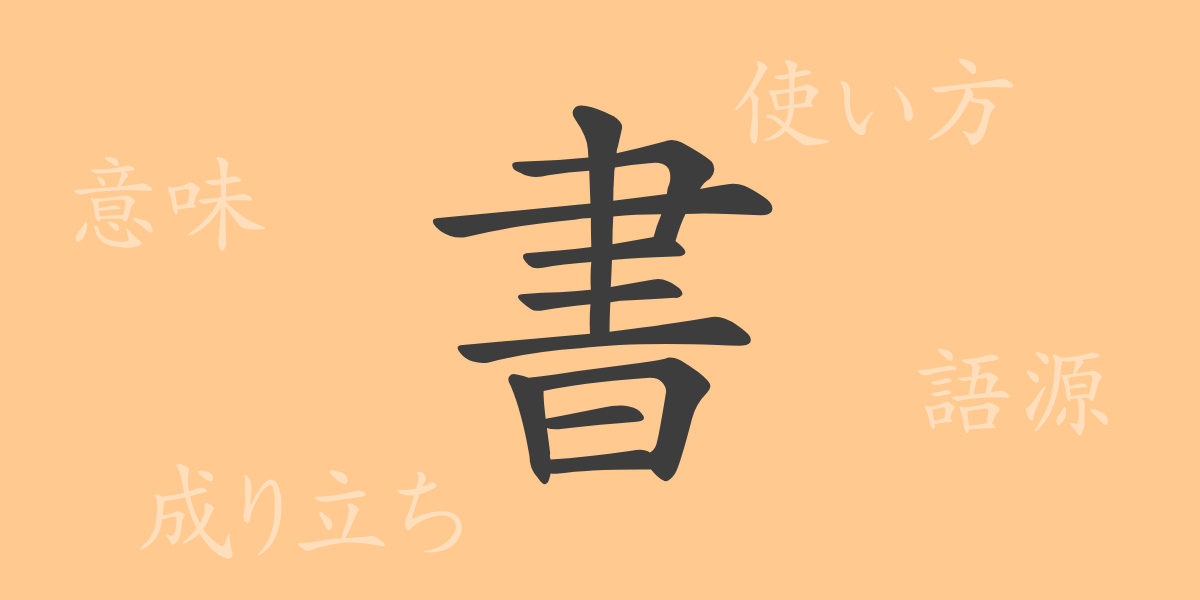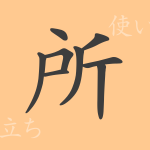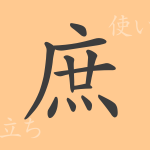In Japanese culture, kanji characters are more than just letters. Each kanji holds deep meanings and historical significance that greatly influence Japanese language and thought. Among the common kanji characters, “書(しょ)” plays a particularly important role, being closely intertwined with our daily lives. This article delves into the origins, uses, idioms, and expressions related to “書(しょ),” revealing its multifaceted appeal.
書の成り立ち(語源)
Exploring the origins of the kanji “書(しょ)” offers insight into how written characters have supported human communication. In ancient China, “書(しょ)” developed from pictographs representing “writing by hand.” This character depicts a hand holding a brush or pen to write. Over time, its form evolved into the modern “書(しょ),” but its fundamental meaning remains the act of writing.
書の意味と用法
The kanji “書(しょ)” fundamentally means “to write” or “to record documents.” It can also refer to written works such as books and literature. Beyond the act of writing, “書(しょ)” encompasses broader aspects of communication, including “expressing” and “conveying” ideas. Common usages include “writing a letter” (手紙を書く(てがみをかく)) or “keeping a diary” (日記を書く(にっきをかく)), emphasizing the act of creating specific documents.
書の読み方・画数・部首
Understanding the readings and structure of the kanji “書(しょ)” is crucial.
- 読み方: 音読みでは「ショ(しょ)」、訓読みでは「か.く(かく)」
- 画数: 全部で10画
- 部首: 曰(ふつかむり)
書を使った熟語・慣用句・ことわざとその意味
The kanji “書(しょ)” appears in many idioms, phrases, and proverbs, demonstrating its rich expressive potential. For example, “書斎(しょさい)” refers to a study room, “書物(しょもつ)” denotes books or literature, and “名を書く(なをかく)” means to sign a name on a contract. Additionally, “一字一句違わずに書く(いちじいっくちがわずにかく)” means to transcribe something accurately, and “筆を折る(ふでをおる)” metaphorically describes a writer ceasing creative work.
書についてのまとめ
The kanji “書(しょ)” has played a vital role in recording culture and history, beyond simply representing the act of writing. Even in today’s digital age, the warmth and unique expression of handwritten text hold special value for many people. Through this article, we hope you gain an appreciation for the multifaceted charm of “書(しょ).”

























